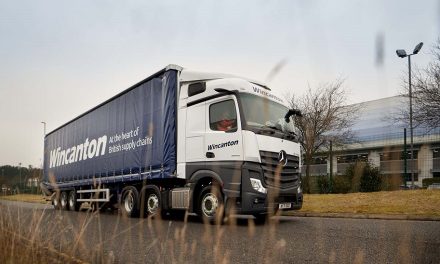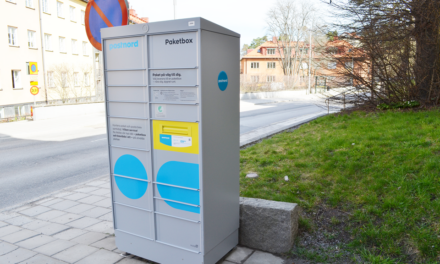
Chasing China
DHL’s recent decision to increase its dedicated flight frequencies for overnight service between Hong Kong and Beijing helps the company keep pace with other moves by the competition in the Asian market.
But many in the industry worry that the superheated competition in the region could be leading to a China syndrome meltdown of prices as the lanes become bloated again with too much space for too little cargo.
But at the Air Freight Asia conference in Hong Kong, one of the panels emphasized a major concern: “China Overcapacity Keeps Asia Rates Soft.”
Air cargo experts are concerned that the rush to China in recent years has pushed down rates, and yields, welcome news for shippers, but troubling for carriers. Some carriers, including Air Canada, have pulled freighter lift from Shanghai in the face of falling yields.
But the express carriers don’t look inclined to restrain their expansion in China. “We foresee sustained cargo volume growth, as Hong Kong and mainland China become more intricately linked as an integrated supply chain due to deepening economic integration,” said Dan McHugh, acting CEO of DHL Express-Asia Pacific.
DHL just announced a 25 percent boost in capacity between Hong Kong and Beijing, adding a 727-200 freighter operated by Air Hong Kong – a 60/40 joint venture between Cathay Pacific and DHL – on a key trade lane.
UPS, meanwhile, says Asia export volume grew 25 percent during the second quarter, with China leading the charge. The company is building a package-and-freight hub in Shanghai, which UPS expects to open next year, linking the city to the UPS international network with direct service to Europe, Asia and the Americas.
FedEx operations cover more than 200 cities and counties across China, and it has plans to add 100 more in coming years as it prepares to open an intra-Asia hub in the Southern China city of Guangzho. This year, the company increased its flight frequencies into the country, with the authority to operate 30 weekly flights, the most, it says, of any U.S.-based carrier.
In March, the company acquired Tianjin Datian W. Group’s 50 percent share of the FedEx-DTW International Priority express joint venture and assets relating to DTW Group’s domestic express network in China for USD 427 million in cash.
Trade between Hong Kong and mainland China has been registering double-digit growth in recent years, boosted by strong Chinese exports, DHL points out, citing figures from China’s Ministry of Commerce that show two-way trade figures in 2006 rose 21.6 percent, reaching USD 166.2 billion. In the first half of 2007, as trade volume expanded by a further 23.5 percent compared to a year ago.
There’s reason to anticipate even more trade on the greater international level. For years, China has been cornering the market on titanium and other raw materials. The move was meant to secure the country’s own industrial growth, but it has opened the door for deals with large global manufacturers. Airbus, for example, recently agreed to buy as much as USD 400 million worth of parts from Chinese manufacturers by 2015.













